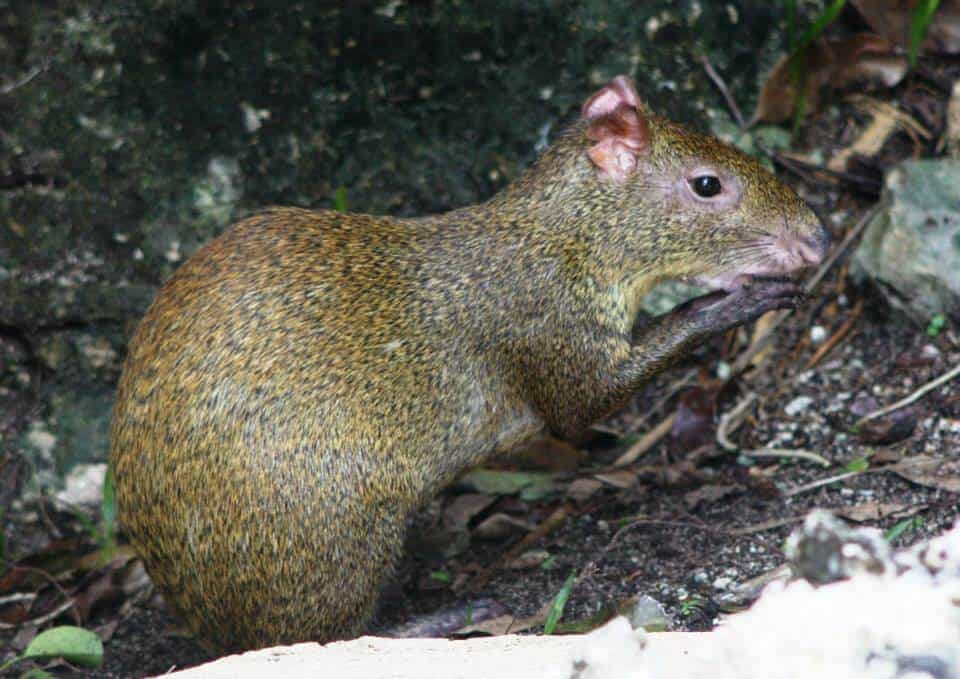I recently returned from a much needed holiday to Mexico. Whenever I go abroad I try to see as much of the wildlife as possible and Mexico has a huge amount to offer, and so I thought that this would be a brilliant subject for my next keeper blog post! I hope you enjoy the little bit of Mexico that I discovered whilst out there.
Mexico
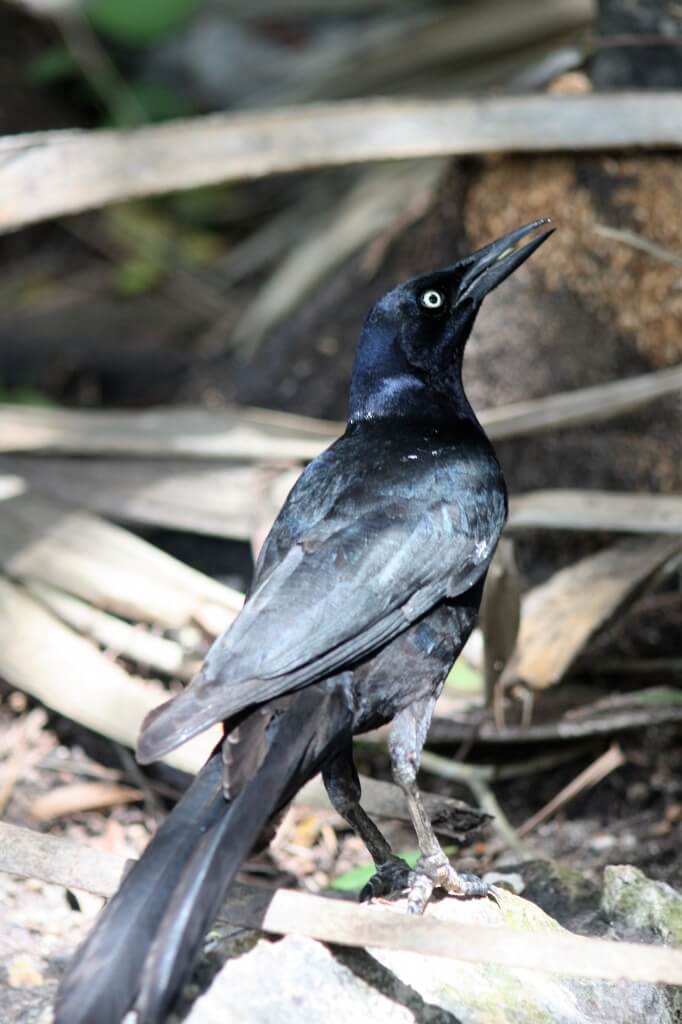 The area of Mexico that I visited was near the towns of Tulum and Akumal within the state of Quintana Roo, in the Yucatan Peninsula. In short, MAYA COUNTRY!! The influence of the Mayan people and their surviving descendent is evident just by the sheer lack of tall sky scrapers, built up towns and abundance of wild areas and wilderness, of which they are extremely proud of.
The area of Mexico that I visited was near the towns of Tulum and Akumal within the state of Quintana Roo, in the Yucatan Peninsula. In short, MAYA COUNTRY!! The influence of the Mayan people and their surviving descendent is evident just by the sheer lack of tall sky scrapers, built up towns and abundance of wild areas and wilderness, of which they are extremely proud of.
In and around the hotel, they had “eco areas” which were left untouched within the grounds in order to allow the wildlife of the area to thrive.
Birds are obviously the most accessible group of animals worldwide when it comes to wildlife watching. No matter where you are or what time of day it is, chances are you are bound to see or hear a bird, and that was no different in Mexico. The common species were; Tropical kingbirds (with a personality as bold as its bright yellow chest); Tropical mockingbirds; Altamira oriole (a shy yellow and black finch like bird); Great tailed grackles ( a noisy mix between a crow and a starling) and mangrove swallows (who readily showed off their acrobatic flight abilities).
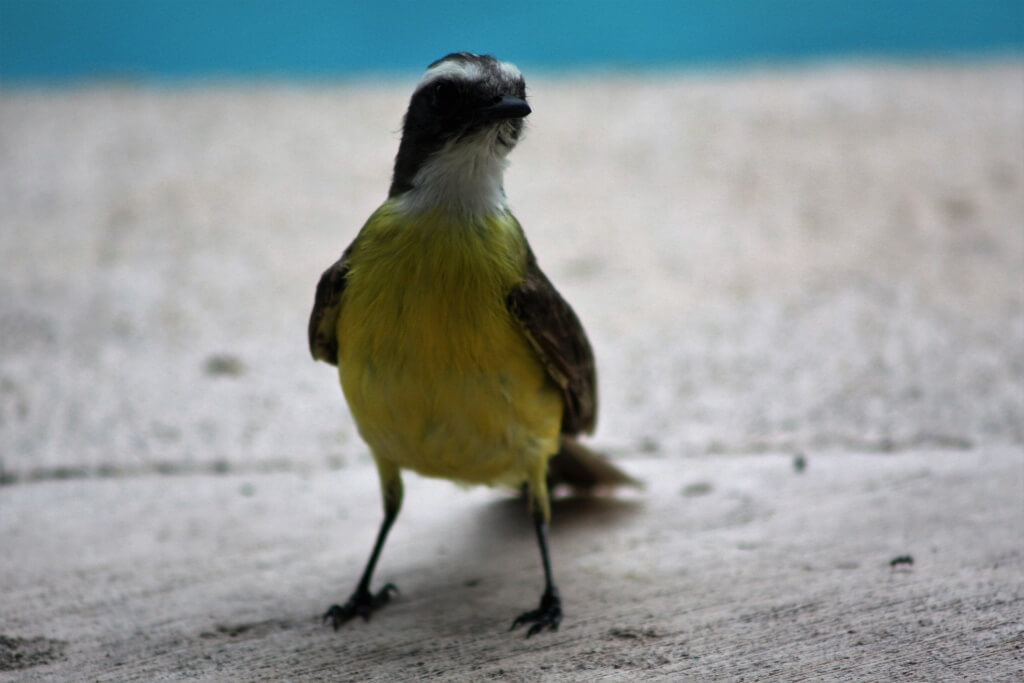
Not only did the hotel boast a wide variety of birdlife, but was also home to white-nosed coatis, raccoons, agoutis, Black iguanas, Basilisk lizards, Geoffrey’s Spider monkey, and sea turtles.
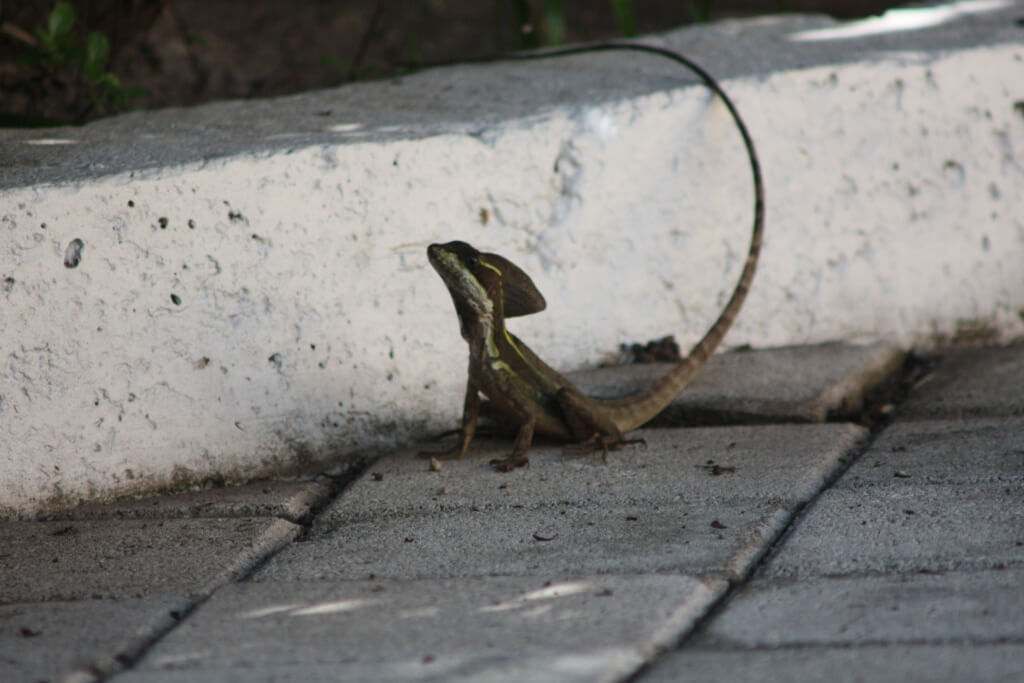
The beaches in the area around Tulum and Akumal are hugely important for nesting sea turtles; 6 out of the 7 species of the world’s sea turtles nest in this part of Mexico. At the beach within the hotel we were lucky enough to have juvenile Hawksbill sea turtles swimming along in the bay.
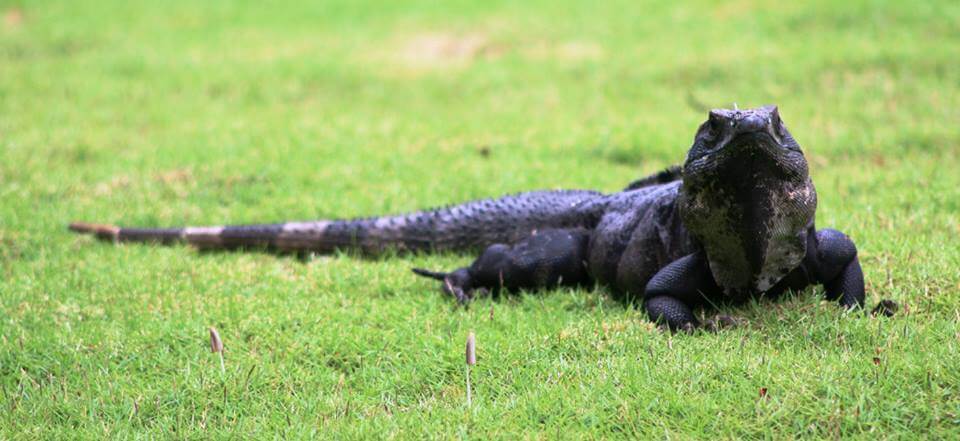
Xel-Ha
Xel-ha is an Eco park developed around a natural water inlet located near Tulum. There is a huge abundance of fish species in the waters here (including great barracuda and southern stingrays). Yellow- capped night herons and brown pelicans were a constant site throughout the day.
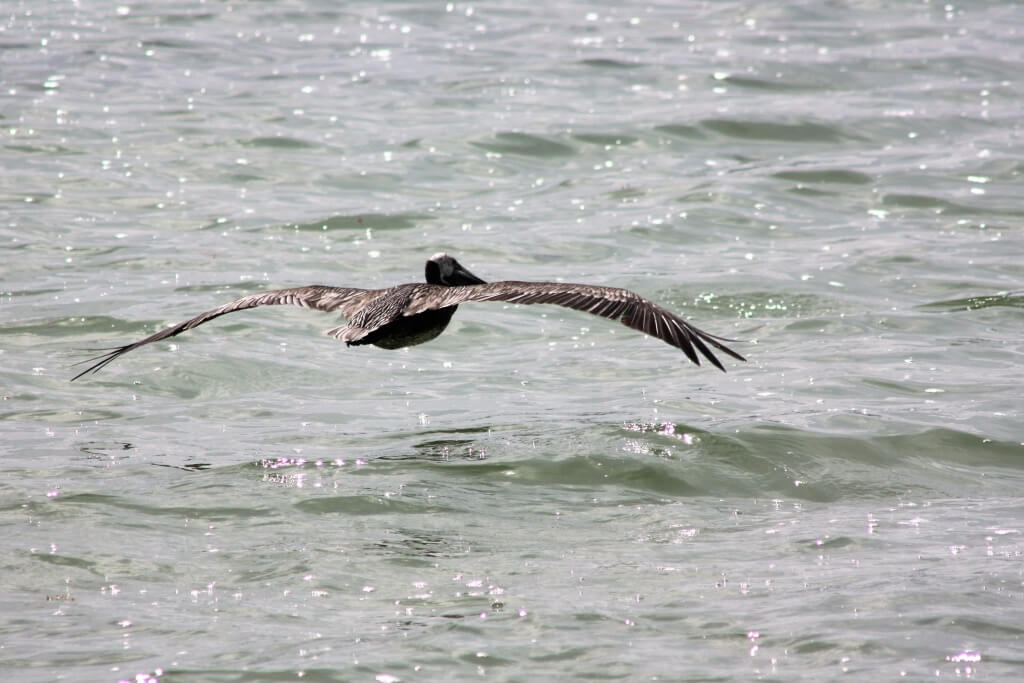
Bands of coatis (30 strong sometimes) were often seen tormenting tourists and restaurant staff as well, which only reminded me of the four at Wingham and how they ransack the makeshift kitchen everyday looking for treats.
Akumal Beach
Although we were lucky enough to have turtles in our hotel, Akumal bay in THE place to go if you want to see turtles. The name even means “place of the turtles” in Mayan. We were not disappointed; not only was the white sandy beach stunning, but we probably saw around 15 different turtles, along with a number of stingrays as well. I don’t think any were green turtles, or if they were, they must have been youngsters due to their size. Akumal is a hugely important area for turtles and is where Centro Ecologico Akumal is based- an environmental group dedicated to the study, protection and conservation of sea turtles in the area.
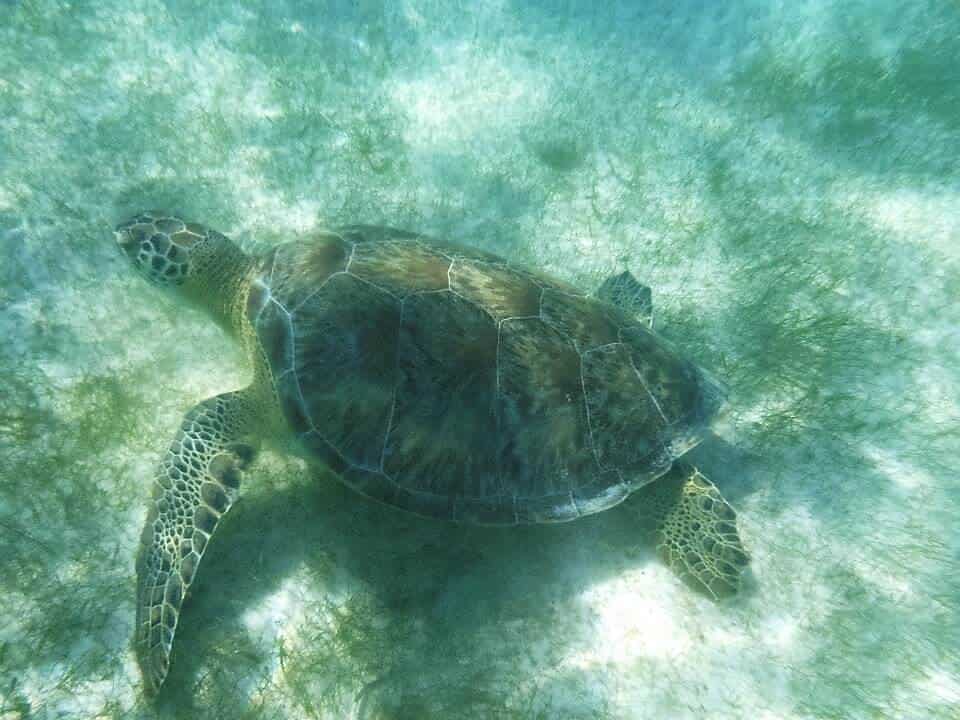
Sian Ka’an
Sian Ka’an is a biosphere reserve which became a UNESCO world heritage site in 1987. Again, it has Mayan connections, with Sian Ka’an meaning “origin of the sky” in the Mayan language. The abundance of wildlife here is phenomenal- within the reserve populations of Jaguars, Pumas, Ocelots, American crocodiles, Howler monkeys, Spider Monkeys, Tamandua, Baird’s Tapir and hundreds of birds are thriving here (the Baird’s tapir look very different to Wingham’s Nando and Kathleen who are both Brazilian tapirs- lacking the distinctive crest on the back of the neck).
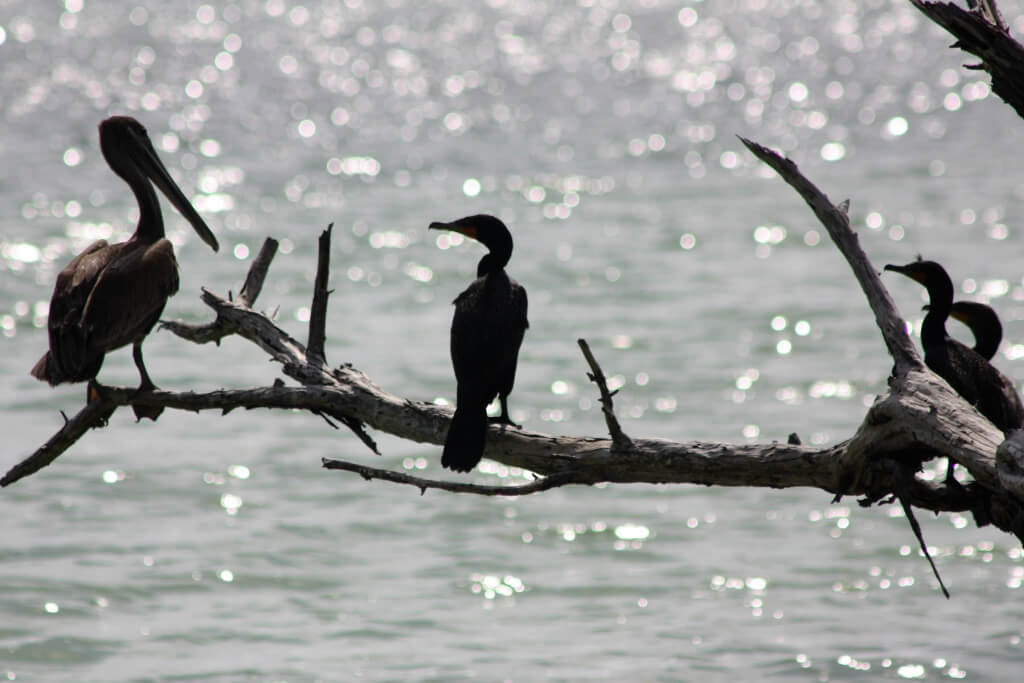
However, I went on a sea safari around the whole reserve. Not long aboard our small speedboats did we pass and circle “bird island”. It is a safe having for nesting sea birds as it is a mangrove island, with a considerable lack of predators that would find on the mainland. At this time of year, it is the start of the breeding season for Brown Pelicans, Neotropic Cormorant and the Magnificent Frigatebird, and all three species were nesting in the trees on this island.
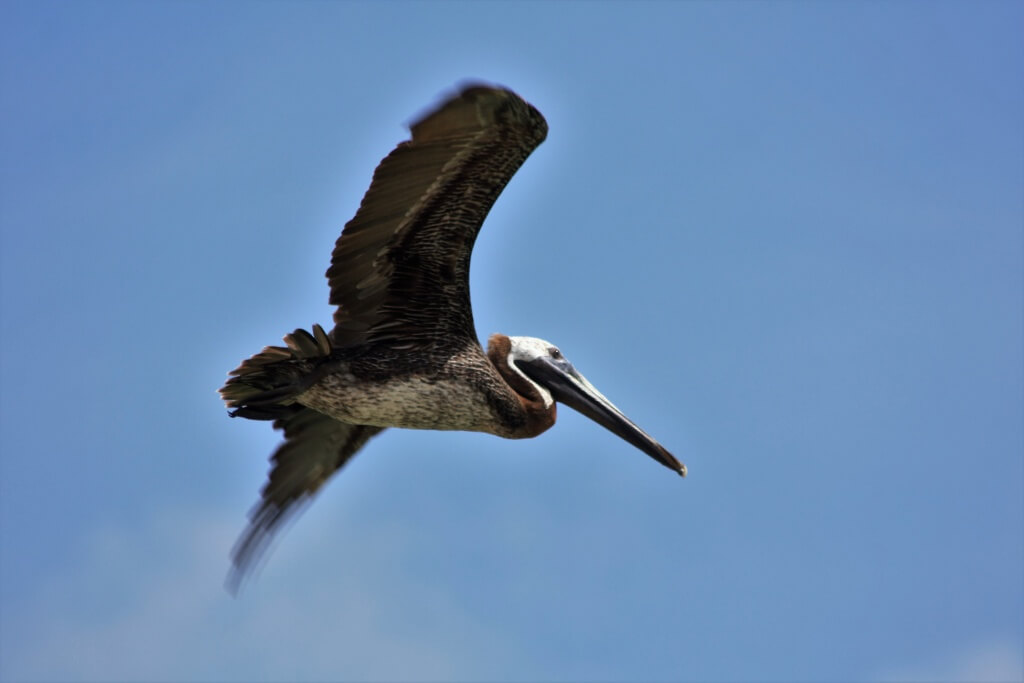
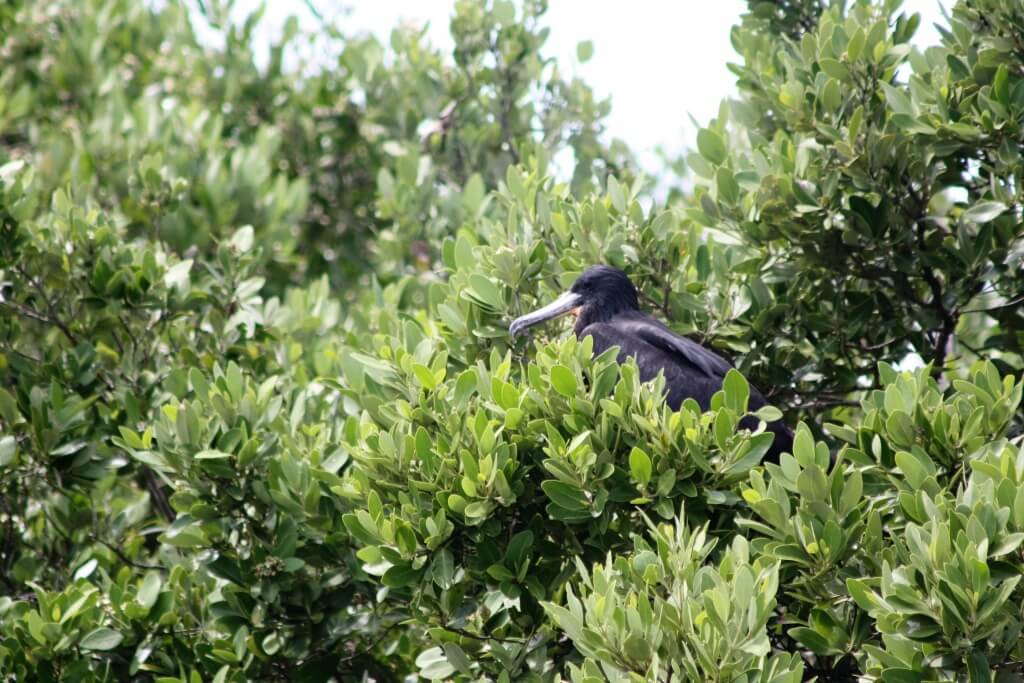
However, the birds were not as safe as they thought as we stumbled across a very large boa constrictor that have swam from the mainland over to the island and was basking in the midday sun. The young birds that will hatch on the island will be easy pickings for this predator.
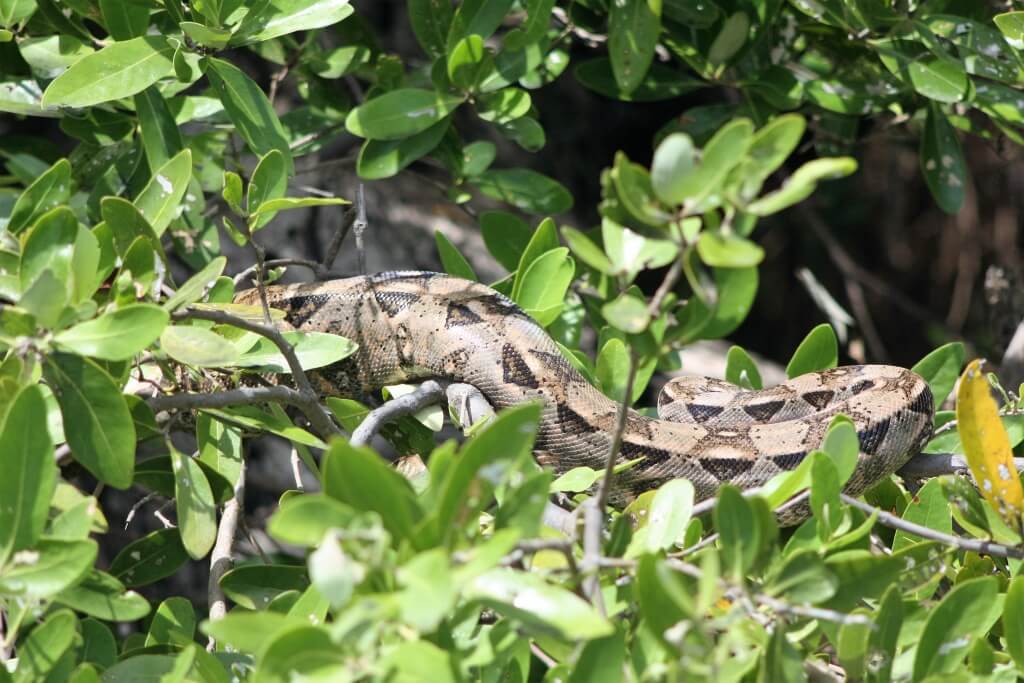
It wasn’t long before we spotted the dolphins. There are a number of known pods of bottlenose dolphins within the Sian Ka’an reserve. The family group that we stumbled upon consisted of 5 adults with two youngsters (probably twins) in tow. They swam with the boats even as we started to turn away they continued to follow us before diverting off in search of something else to entertain themselves.
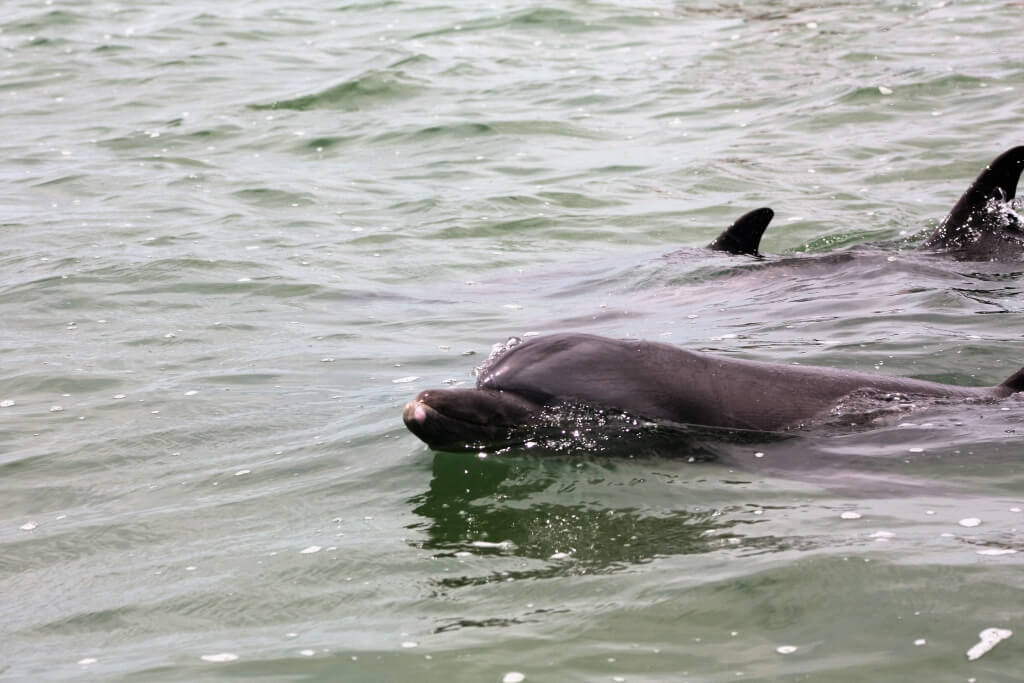
Our captains then also caught sight of two adult manatees casually swimming along close to the mangrove shore. These beautiful creatures are declining dramatically from a history of overhunting by humans as well as collisions with boat propellers.

Lastly we saw a number of mature green sea turtles, FINALLY! The size of these things were incredible, only surfacing to breathe and then disappearing back under the waves as quickly as they appeared.
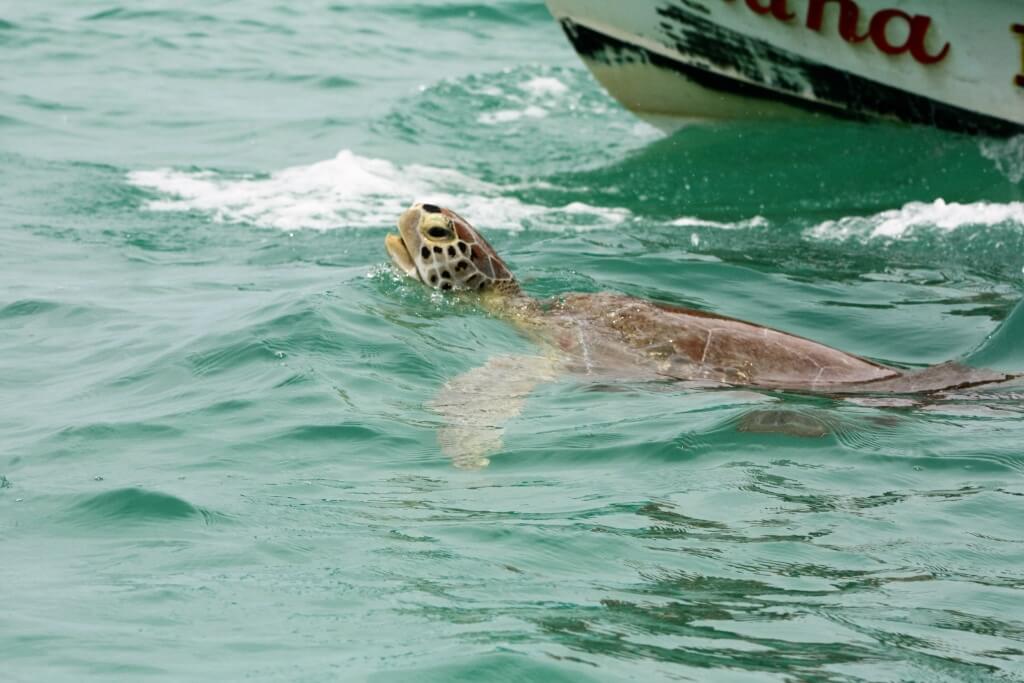
Great Maya Reef
The Great Maya Reef is the 2nd Largest barrier reef in the world, after the Great barrier reef of Australia. The coral is protected here, and rules are enforced with no mercy- NO TOUCHING! So much so, that even if our flippers accidentally touched the coral beneath us, we were politely asked to get out of the water. The fish here were out in full force and have attached only a few photos out of the hundreds that I took.
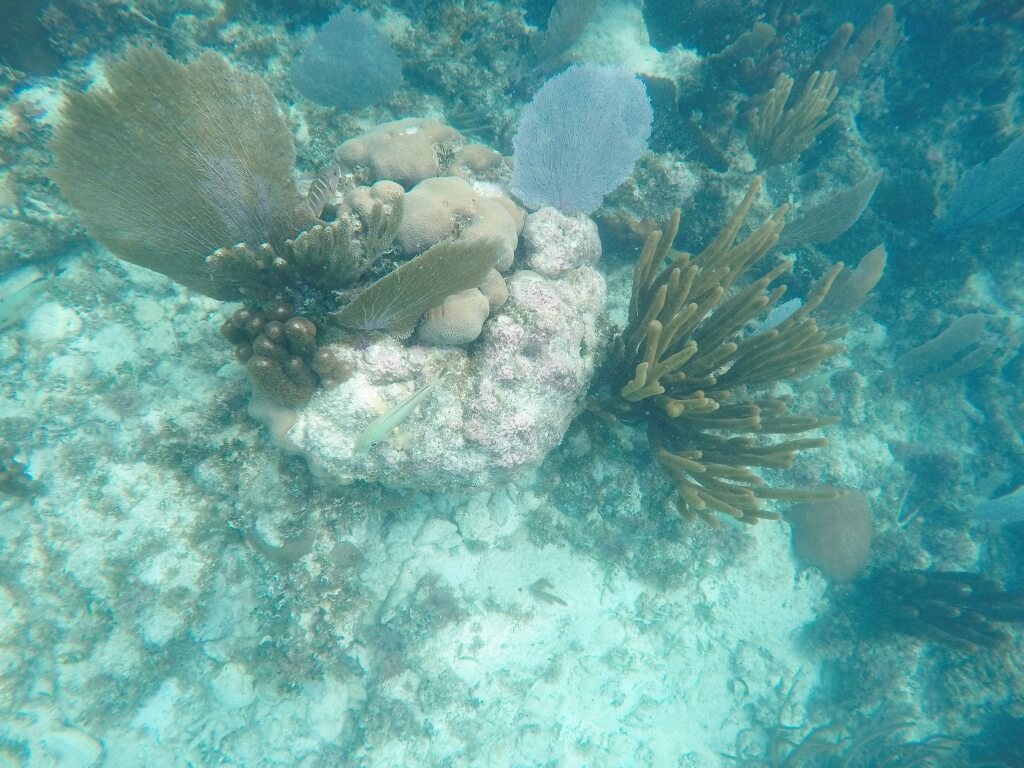
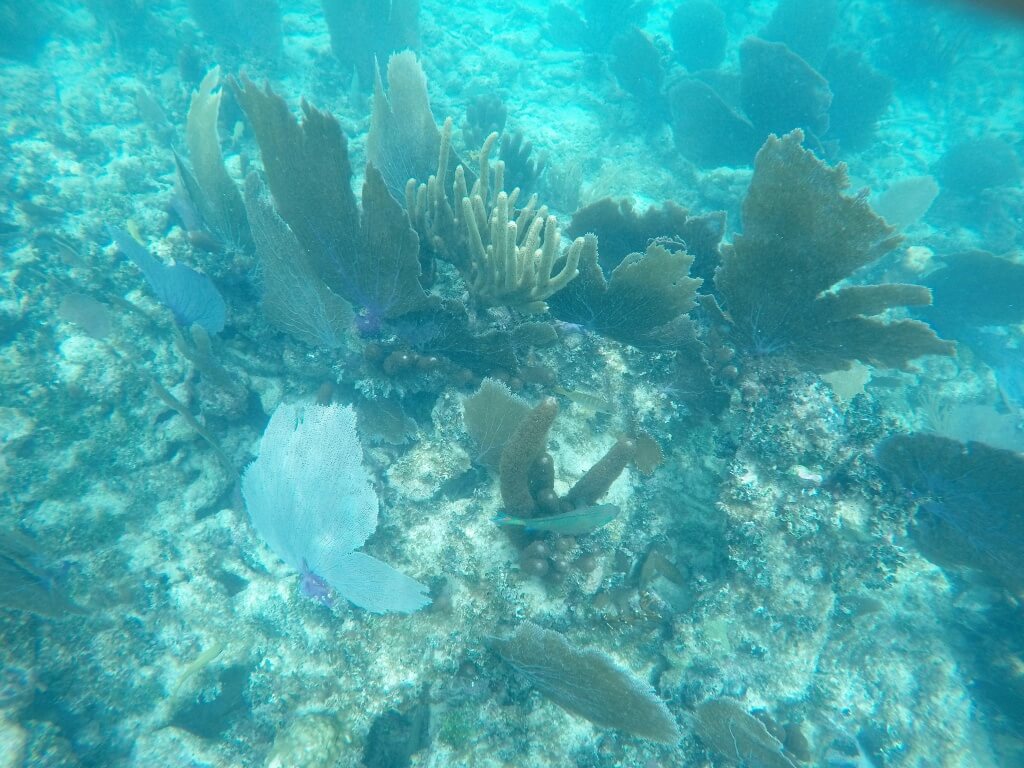
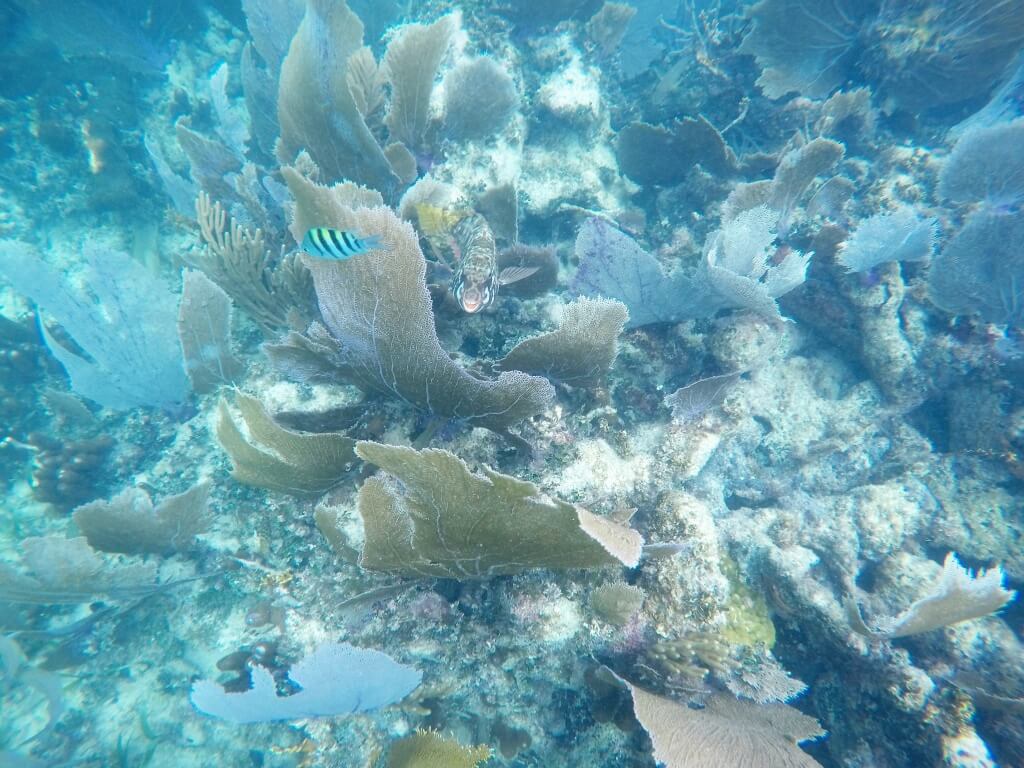
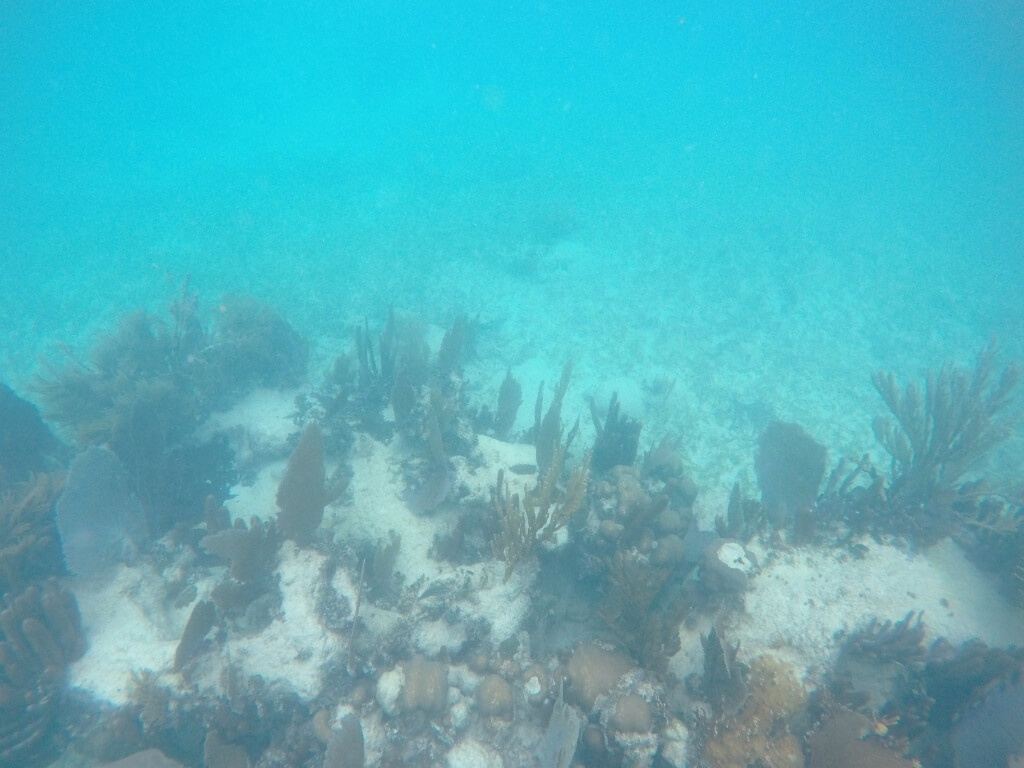
Whale Sharks
If you go to Mexico, timing is impeccable. Between the months of May and September, the Caribbean waters of Mexico welcome their seasonal residents. The largest population of the biggest fish in the ocean returns to these warm waters at this time of year- the Whale Shark. If you get a chance to share the ocean with these giants do it without a second thought because I can honestly say it will knock the wind right out of you.
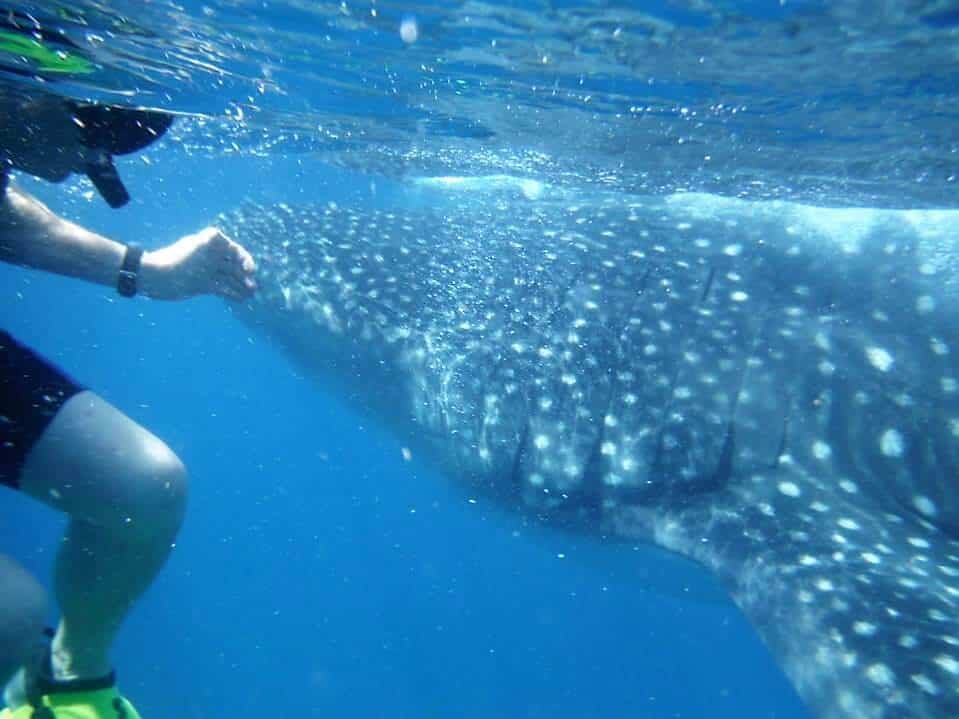
With an average length of 31ft and a mouth around 4.5ft wide, these filter feeders are no threat to humans and will gracefully swim straight passed. Sometimes when diving with whale sharks at this time of year another marine migrater makes an appearance- the manta ray! We were in the right spot at the right time to see 6 adults glide straight under our boat and then disappear in the deep blue waters ahead of us. Interestingly, sometimes manta rays jump 6ft out of the water into the air, reminiscent of the breaching and spinning that dolphins do in front of boats full of tourists.
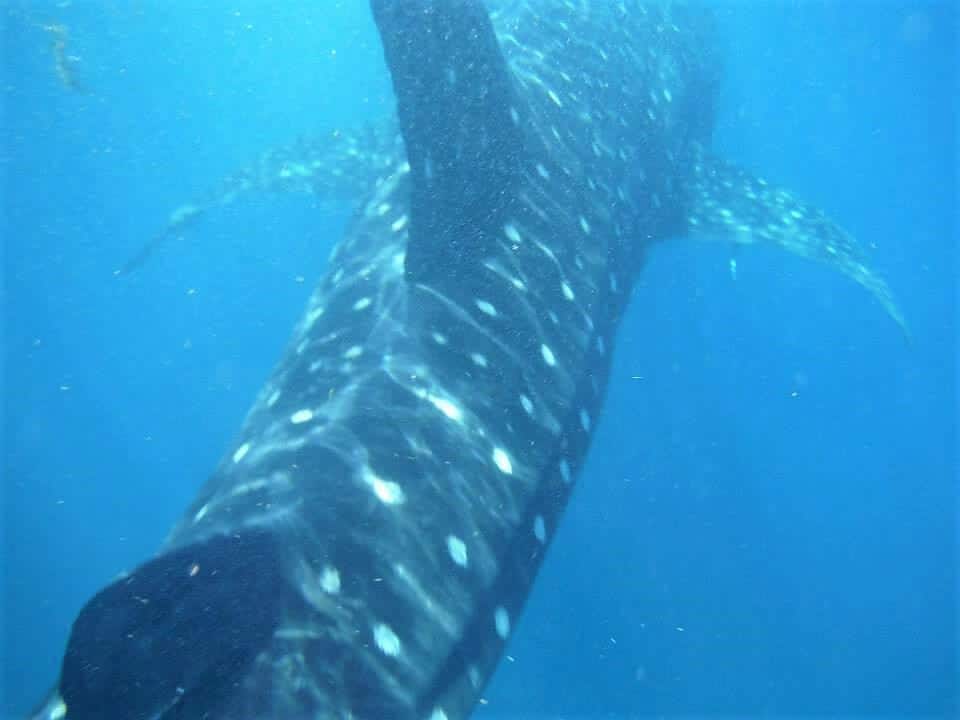
Mexico
This was a short, heavily biased blog post about the wildlife I saw on my holiday. However, Mexico has so much to offer it would be difficult for me to include everything! I highly recommend a visit if you get the chance. This was my 3rd time and I still have things to see and do should I make a 4th visit. It is a beautiful country, with captivating history and enchanting wildlife. Viva Mexico!
